Manufacturer: MSI
UK price (as reviewed): £339.98 (inc. VAT)
US price (as reviewed): $349.99 (exc. tax)
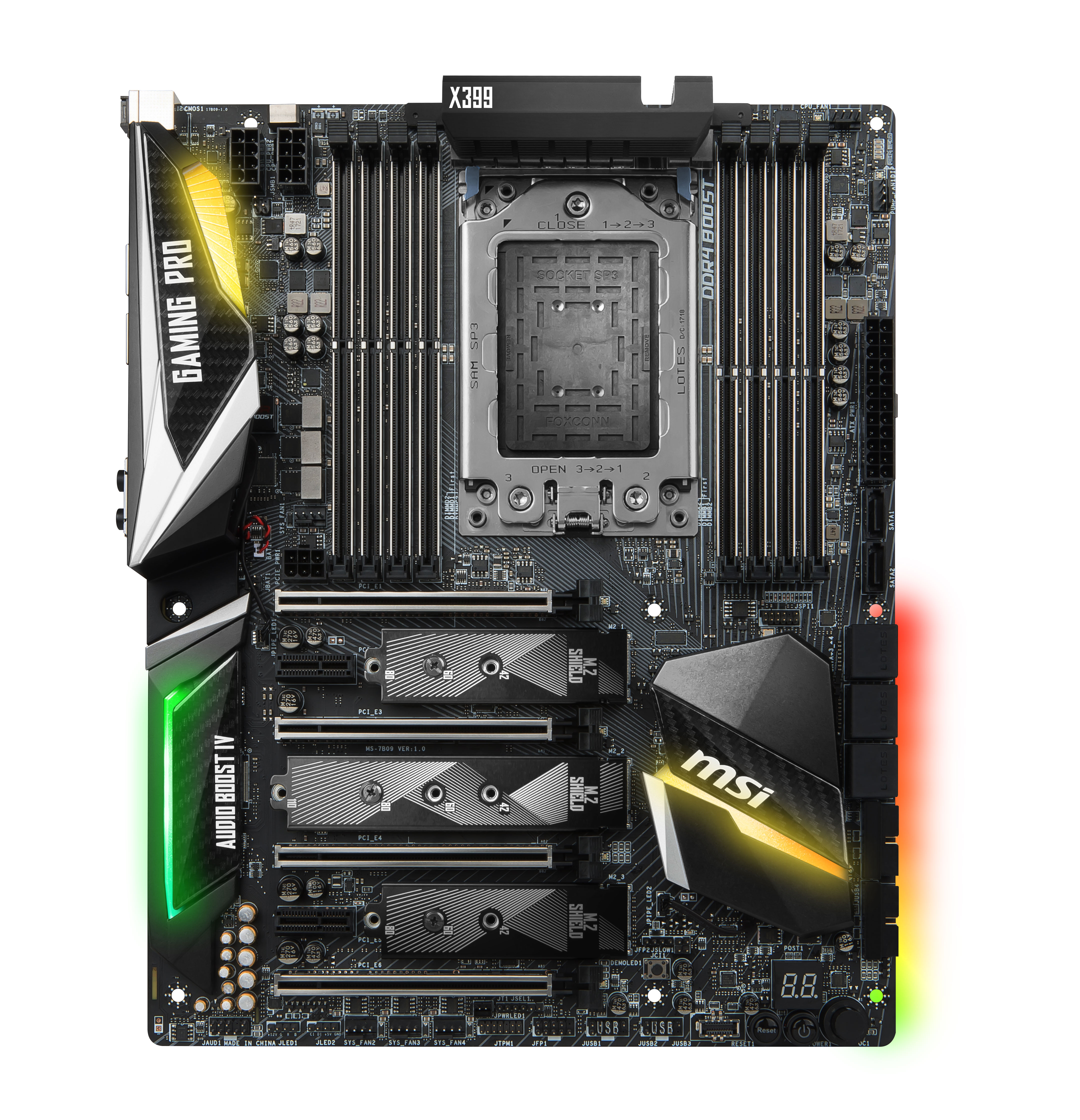
When it comes to motherboards, Threadripper does seem to be fairly pricey, and for the moment, X299 boards can be had for a lot less, perhaps even offsetting the extra cost of Intel's CPUs to some extent.
However, they don't all cost the same as Asus' stunning but eye-wateringly expensive ROG Zenith Extreme, as MSI's X399 Gaming Pro Carbon AC retails for around £200 less.
This is still a fair bit more than the cheaper X299 boards out there, but this is a new platform after all, and prices will likely come down. Waiting is boring, though, so if you're in the market for a Threadripper system now, we better take a closer look at the X399 Gaming Pro Carbon AC to see how well it stacks up.
For starters, it's definitely good-looking, with a rack of chrome-plated DIMM slots and similarly-clad 16x PCIe slots. The bulk of the CPU power circuitry resides under an enormous skyscraper of the heatsink at the top of the board, which may impede on radiator mounting in some modest ATX cases, but it's good to see MSI taking cooling seriously given the monstrous CPUs that can lurk in the CPU socket, especially if overclocked.


There's also a pair of full eight-pin EPS12V connectors too. These are included on most but not all other X399 boards we've seen, but using both is fairly important on this platform given the TDPs involved. There's also a six-pin additional power connector for the PCIe slots too, should you wish to take advantage of the platforms ample PCIe lanes.

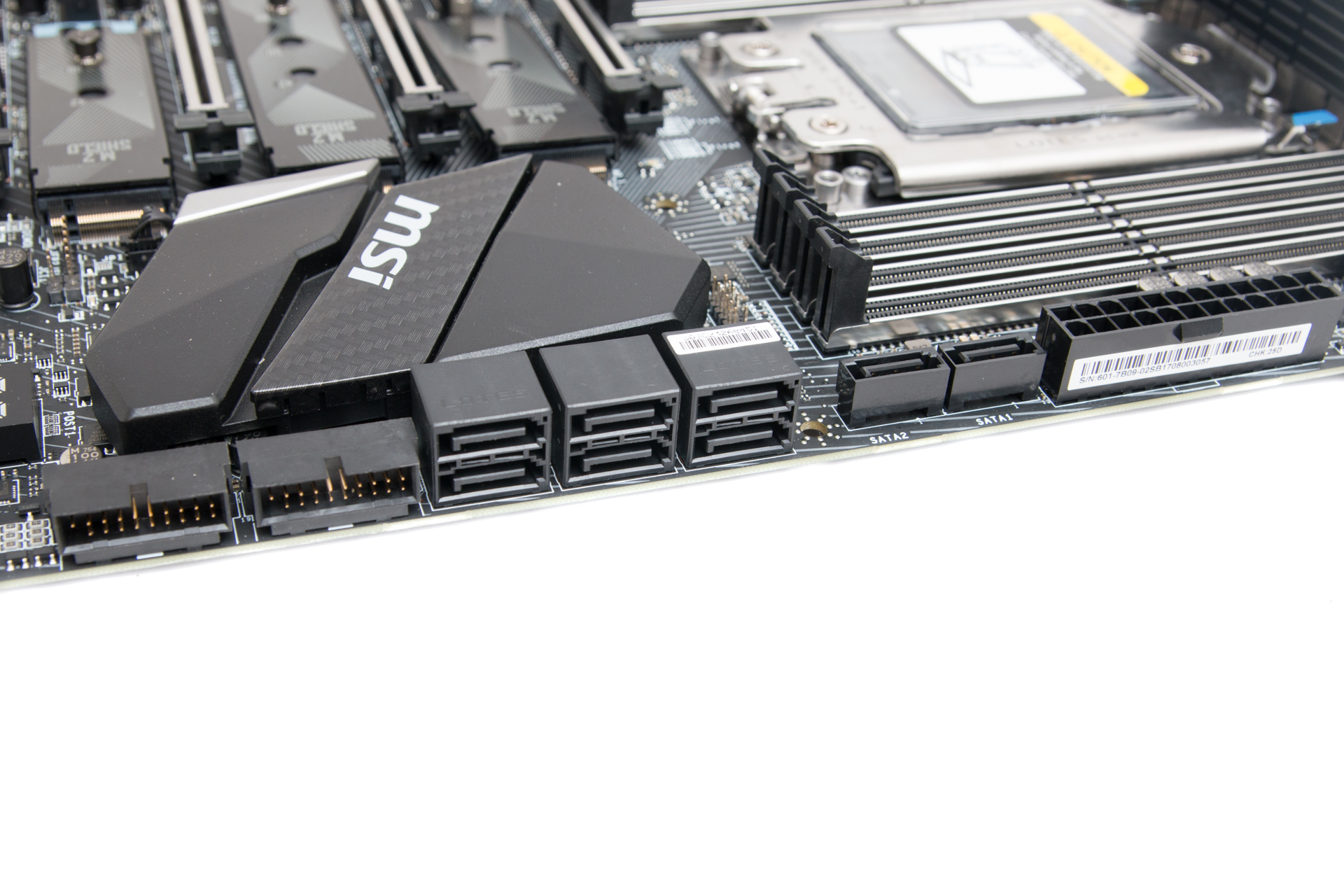
Sandwiched in between those is a trio of M.2 ports, all of which sport MSI's take on SSD heatsinks complete with thermal pads. The slots all support either PCIe or SATA-powered M.2 SSDs, with two slots limited to the fairly standard 80mm length and the third supporting up to 110mm SSDs. A lot will depend on your GPU configuration as to how well cooled they are and how easy they are to access, though, which is one reason why we loved Asus' DIMM.2 card on the ROG Zenith Extreme. Still, having a trio of ports all featuring heatsinks is pretty cool and something even the Zenith can't match.

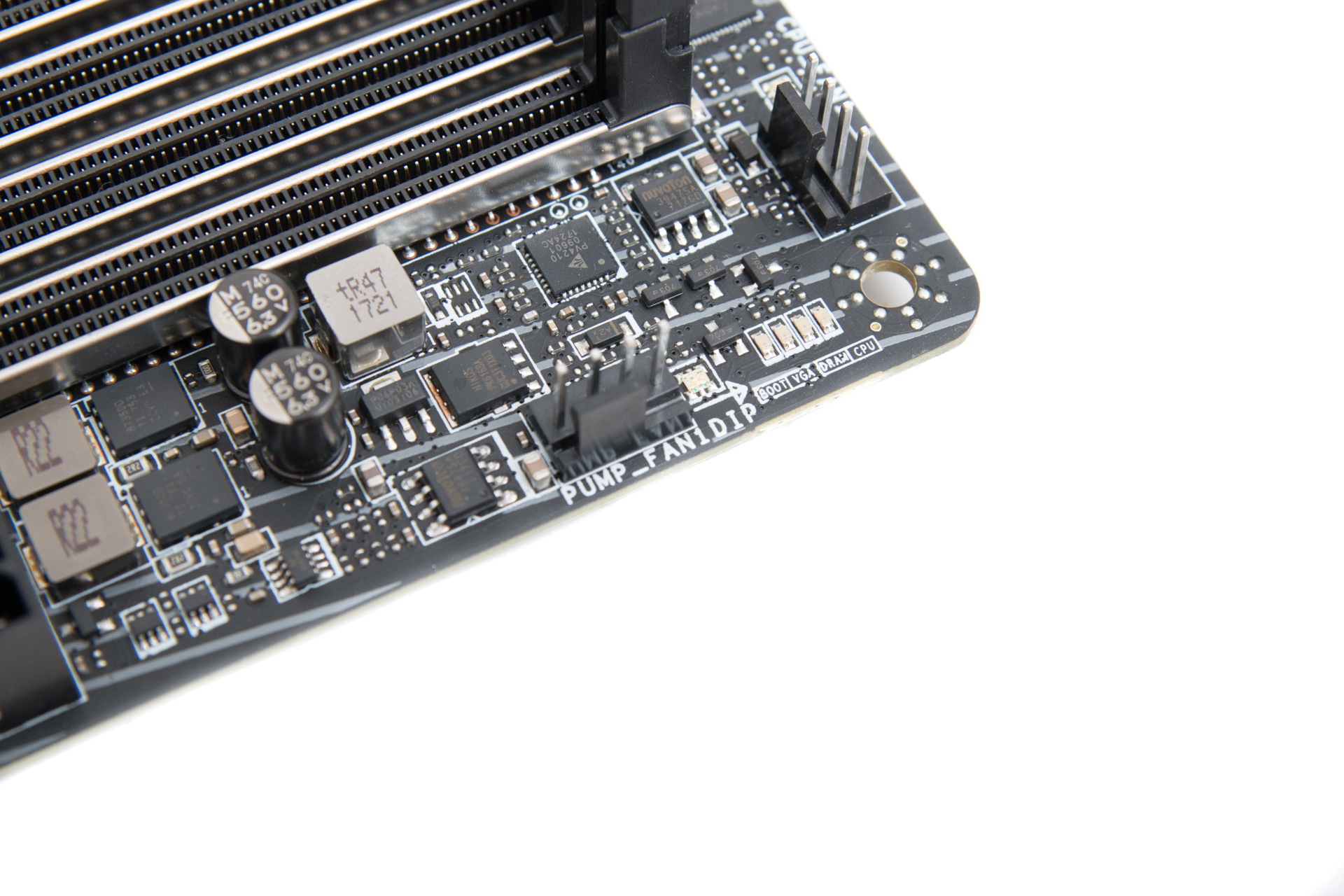
Another trump card the MSI board holds over the Asus is the number of SATA ports, with eight included, although you'd have to be using a particularly extreme system for this to be an issue. You also get a pair of USB 3.0 headers plus a USB 3.1 header and the full complement of overclocking and testing tools such as power and reset buttons and LED POST code display. MSI also includes its own high-amp header for water-cooling pumps, although like with its X299 solutions, this is limited to 24W. Thankfully, even the likes of the powerful Laing DDC only draw up to 18W, so if you use a three-pin to four-pin adaptor, you can even run them off this header - not just three-pin pumps from the likes of Phobya or EKWB - and control their speed via MSI's EFI or software.
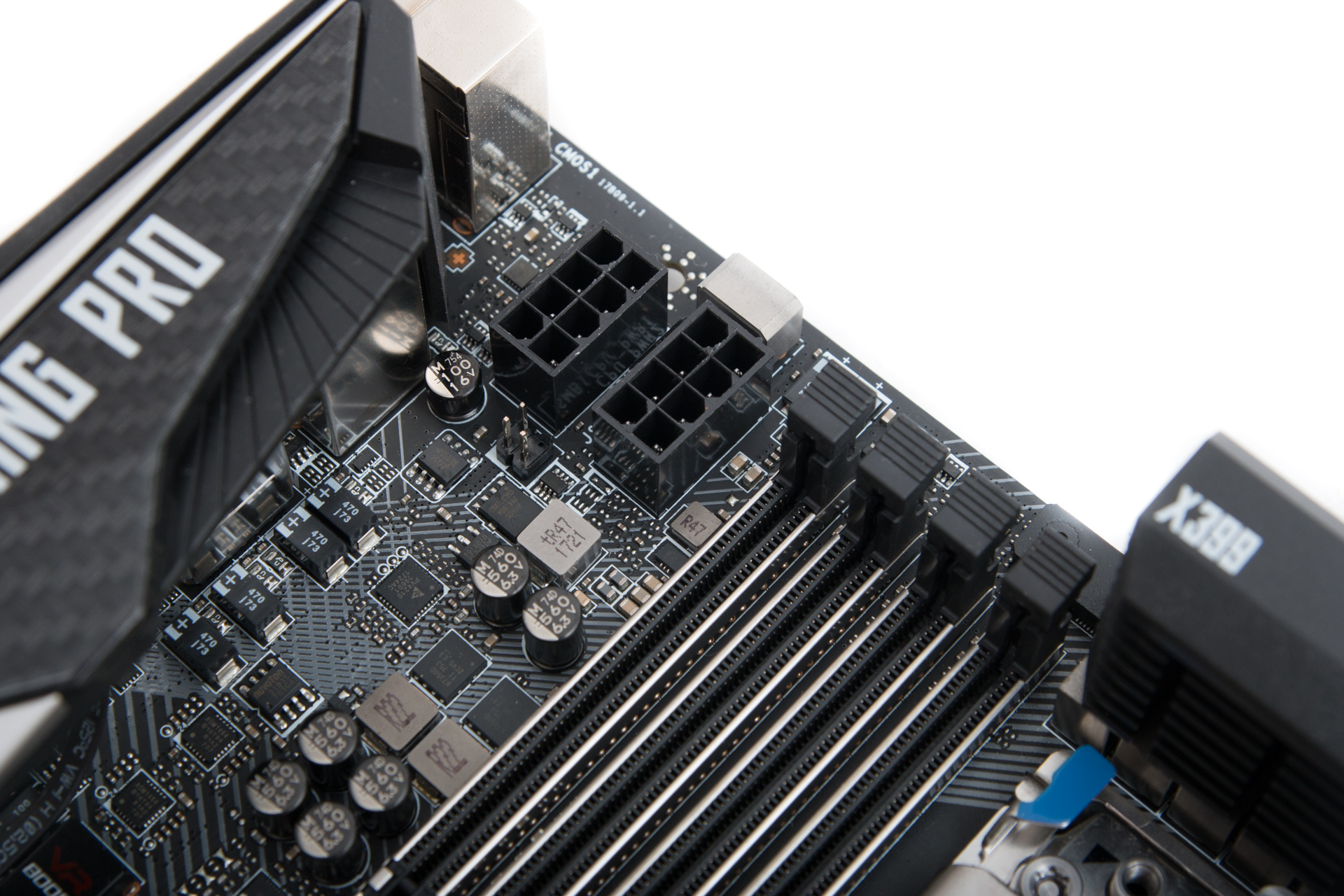
The board's RGB lighting is relatively subtle, with a few key areas dishing out some vivid lighting. MSI also includes a bunch of fascias for the chipset, audio, and I/O shrouds in silver and gold that can replace the stock black carbon ones, which is a nice touch too.
We're not too sure why MSI went with a separate PCIe card for Wi-Fi - maybe it was to cram as many ports into the I/O panel as possible and still offer some 802.11ac usefulness, or maybe it was simply to save money compared to working out some way of integrating afn adaptor onto the PCB, but the card sports two of the usual antennas and Intel's 8265 dual-band Wi-Fi adaptor.

Another accessory that's worth mentioning is a 120mm/140mm fan mount, which can be installed to the PCB by using motherboard standoffs and the usual mounting holes. Asus includes a somewhat whiny 40mm fan with the ROG Zenith Extreme, but MSI has gone for the more extreme route of providing a mount for a large case fan to offer more cooling to the CPU area.
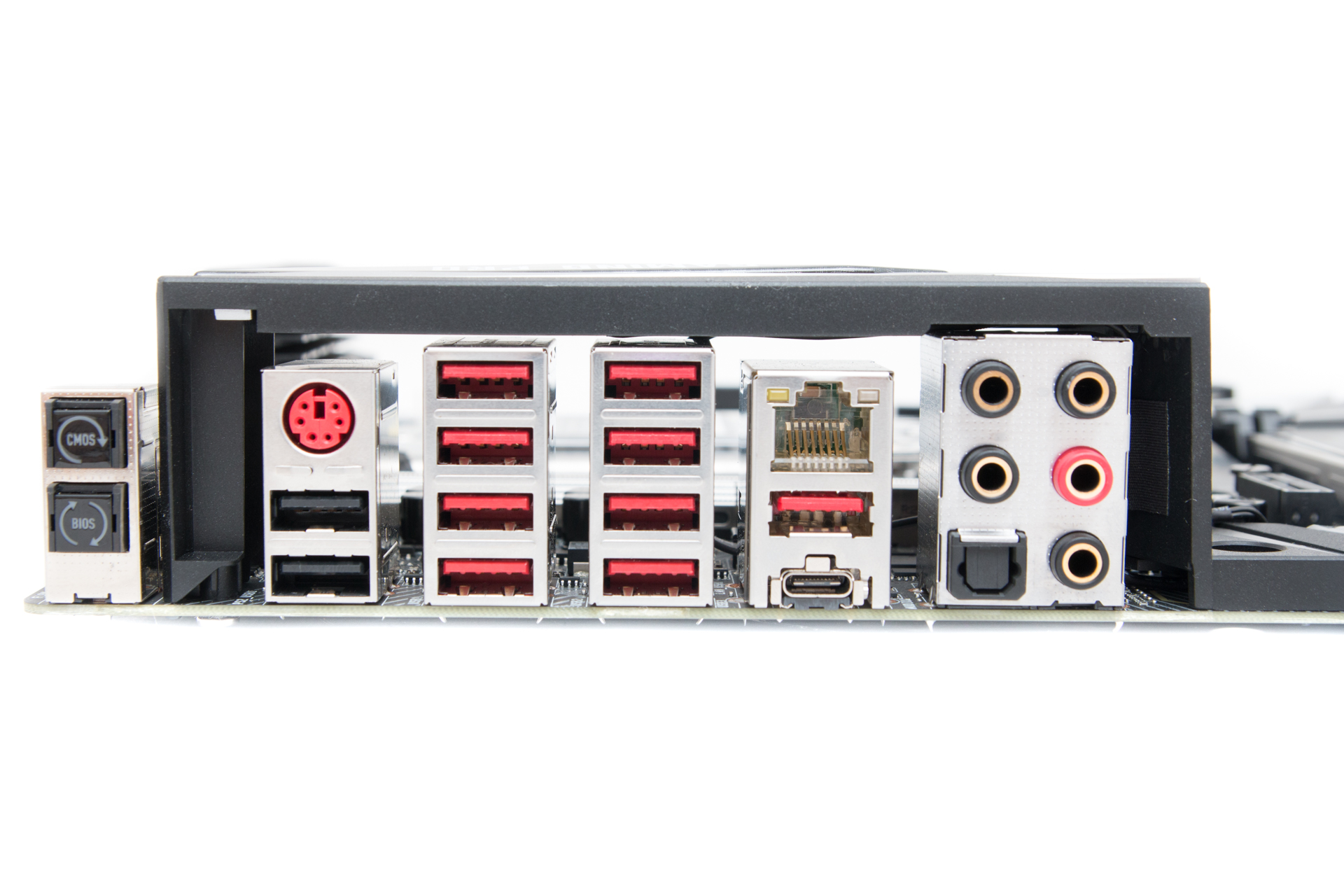
Specifications
- Chipset AMD X399
- Form factor ATX
- CPU support AMD Socket TR4 (Threadripper)
- Memory support Quad-channel, eight slots, max 128GB
- Sound Eight-channel Realtek ALC 1220A
- Networking Intel I211 Gigabit Ethernet, Intel 802.11ac Wi-Fi, Bluetooth 4.1
- Ports 3 x M.2 PCIe 3.0 x4 32Gbps (PCIe/SATA 6Gbps) (2 x up to 2280, 1 x up to 22110), 8x SATA 6Gbps, 1 x USB 3.1 Type-A, 1 x USB 3.1 Type-C, 1 x USB 3.1 header, 12 x USB 3.0 (4 via headers), 6 x USB 2.0 (4 via header), 1 x LAN, audio out, line in, mic, Optical S/PDIF out
- Dimensions (mm) 305 x 244
- Extras Silver and gold replacement PCB fascias, Intel 8265 Wi-Fi card, RGB LED extension cables, fan mount

MSI MPG Velox 100R Chassis Review
October 14 2021 | 15:04

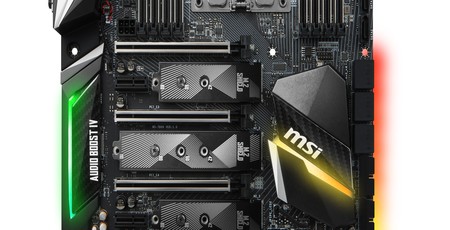


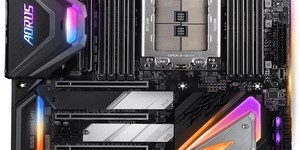
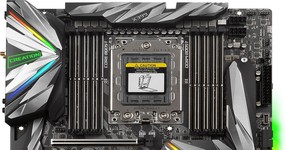
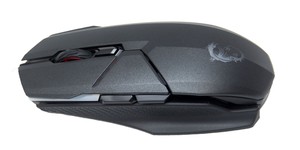




Want to comment? Please log in.